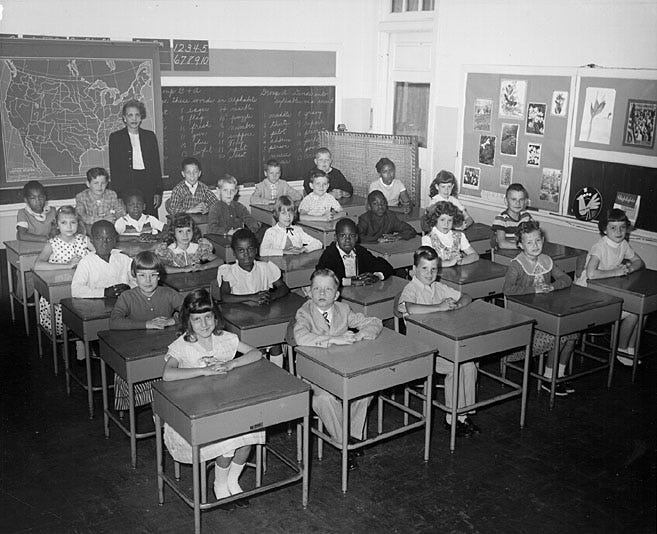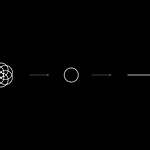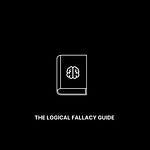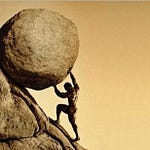Welcome to the 1,202 new members of the curiosity tribe who have joined us since Friday. Join the 76,887 others who are receiving high-signal, curiosity-inducing content every single week.
Today’s newsletter is brought to you by Rows!
After spending 7+ years in traditional finance, I had Chronic Excel Fatigue–the result of countless hours spent wrestling with the dated, legacy technology that hasn’t been updated since 2006!
Fortunately, I discovered Rows—spreadsheets, reimagined. Rows is a truly magical product experience. It allows you to seamlessly pull data on stocks, crypto and more, and instantly integrate with services like Stripe, Google Analytics, Twitter, Salesforce, Instagram, Facebook and public databases like Crunchbase and LinkedIn.
Rows is one of the most insane new product experiences I have had in recent memory. I use Rows for everything from managing my Startup Portfolio, social analytics, fund investing, and LPs to tracking household budgets and personal finance. I may never open Excel again.
For your next spreadsheet, give Rows a try. You won’t be disappointed. Join thousands of teams that have stepped up their spreadsheet game with Rows.
Today at a Glance:
It has become in vogue to bash the traditional education system and the learning models it reinforces in our youth. I’m certainly guilty of it. In a broad sense, it’s always quite easy to criticize the incumbent—but much more difficult to propose a viable alternative, particularly one that works at scale.
Traditional learning models fall short in two respects: (1) they endorse compartmentalized knowledge and (2) they create forced, linear progressions.
The ultimate meta-goal of learning is for knowledge to compound over time. We want to learn in such a way that new knowledge builds on top of existing foundations—ideally in an accelerating, non-linear manner.
Networked Learning is a way to return to our roots and allow knowledge to freely interact and compound. There are many ways to engage it, including: (1) Explore vs. Tour, (2) Analogize Constantly, (3) Paired Learning, (4) Read Broadly & Quit More, and (5) Slow Down Learning.
The New Way to Learn
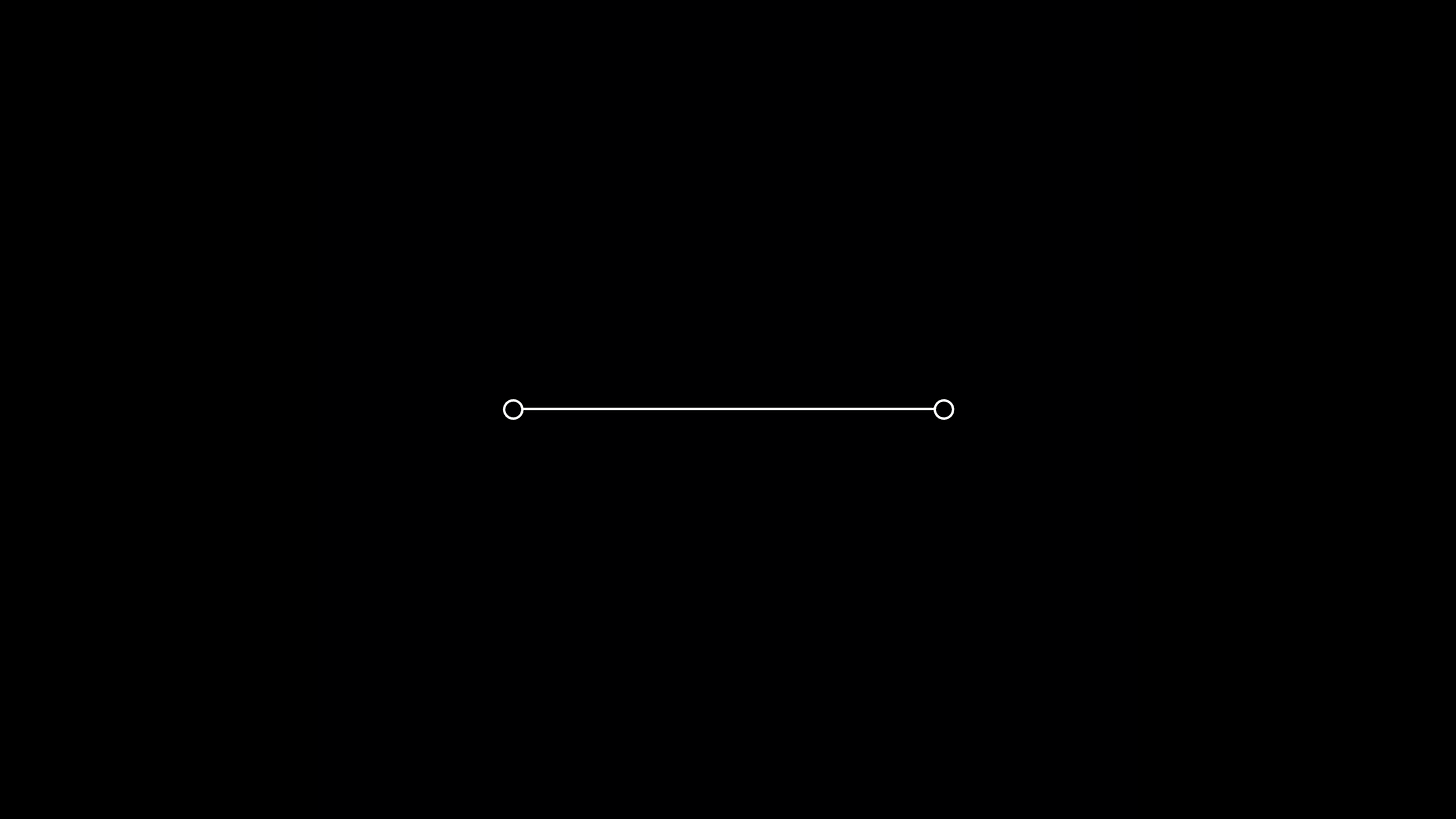
“Traditional learning models are dead.”
If you’ve been scrolling Twitter or attending any group events over the last five years, you’ve probably heard some variation of the above statement countless times.
It has become in vogue to bash the traditional education system and the learning models it reinforces in our youth. I’m certainly guilty of it. In a broad sense, it’s always quite easy to criticize the incumbent—but much more difficult to propose a viable alternative, particularly one that works at scale.
In today’s piece, I’d like to lay the foundation for an alternative, better learning model: Networked Learning. Let’s begin with the traditional model and its deficiencies before diving into the details of the new way and how to use it.
Note: I say *foundation* because my thinking on the topic remains a work-in-progress. I believe I have identified a truly better way for children and adults to learn—and clear methods to use it—but the challenge of deploying it at scale remains.
The Traditional Model
I graduated from my public high school thinking I hated most subjects.
It was odd—I was a pretty interested kid, but I drifted from class to class, doing the bare minimum to deliver an adequate report card to my discerning parents and clear the academic hurdles required by Stanford Athletic Department’s admissions team.
Reflecting on it with the benefit of hindsight—and a bit of maturity—what I actually hated was the learning model the traditional education system forced upon me: A learning model grounded in linear, compartmentalized learning. A learning model that praised rote memorization of facts.
Unfortunately, this learning model is drilled into us for so many years that the bad habits stick with us throughout our life. As a result, few find a way to learn more effectively in adulthood.
Stick with me today and I’ll help you break the vicious cycle…
Let's start with a quick breakdown of the traditional model and why it's broken.
Problem #1: Compartmentalized
Traditional education asks you to create containers in your mind.
I imagine them like little houses. You have your history house, your English house, your science house, your math house, etc. Each house is discrete and closed off to the rest of the houses and world.
Let’s say you have a history test on Monday. On Sunday night, you sit down with a coffee and cram some new abstract information about Genghis Khan into your designated history house. You remember it for the test on Monday and manage to ace it. Your teacher, parents, and friends pat you on the back and say "great job!”—but by the following Monday, you've forgotten it.
“Oh well,” you say, “I didn’t need to know about Genghis Khan anyway…”
This process repeats for every subject. Knowledge is crammed and trapped into its designated house.
The problem? Trapped knowledge is basically useless. It's insulated from the interactions that allow it to stick and compound over time. The compartment is useful for the test, but not for real learning and growth.
Problem #2: Linear & Forced
The traditional education system was designed for the Industrial Age—an assembly line model.
It tells us to learn one specific thing—and be tested on it—before progressing to the next. We progress on set timelines—established by boards and committees—from one subject to the next.
The model is forced, linear progression. There is no room for inspired consumption.
The obvious problem here: Everyone learns differently—at a unique pace and with unique interests.
The current model embraces those who can fall into line and make it work while rejecting those who cannot. It leaves too many people behind.
The New Model: Networked Learning

“I have never let schooling interfere with my education.” - Mark Twain
Ok, so we've established a few core problems of the existing, traditional learning models. Let’s turn to the new way—the better way: Networked Learning.
A Return to Our Roots
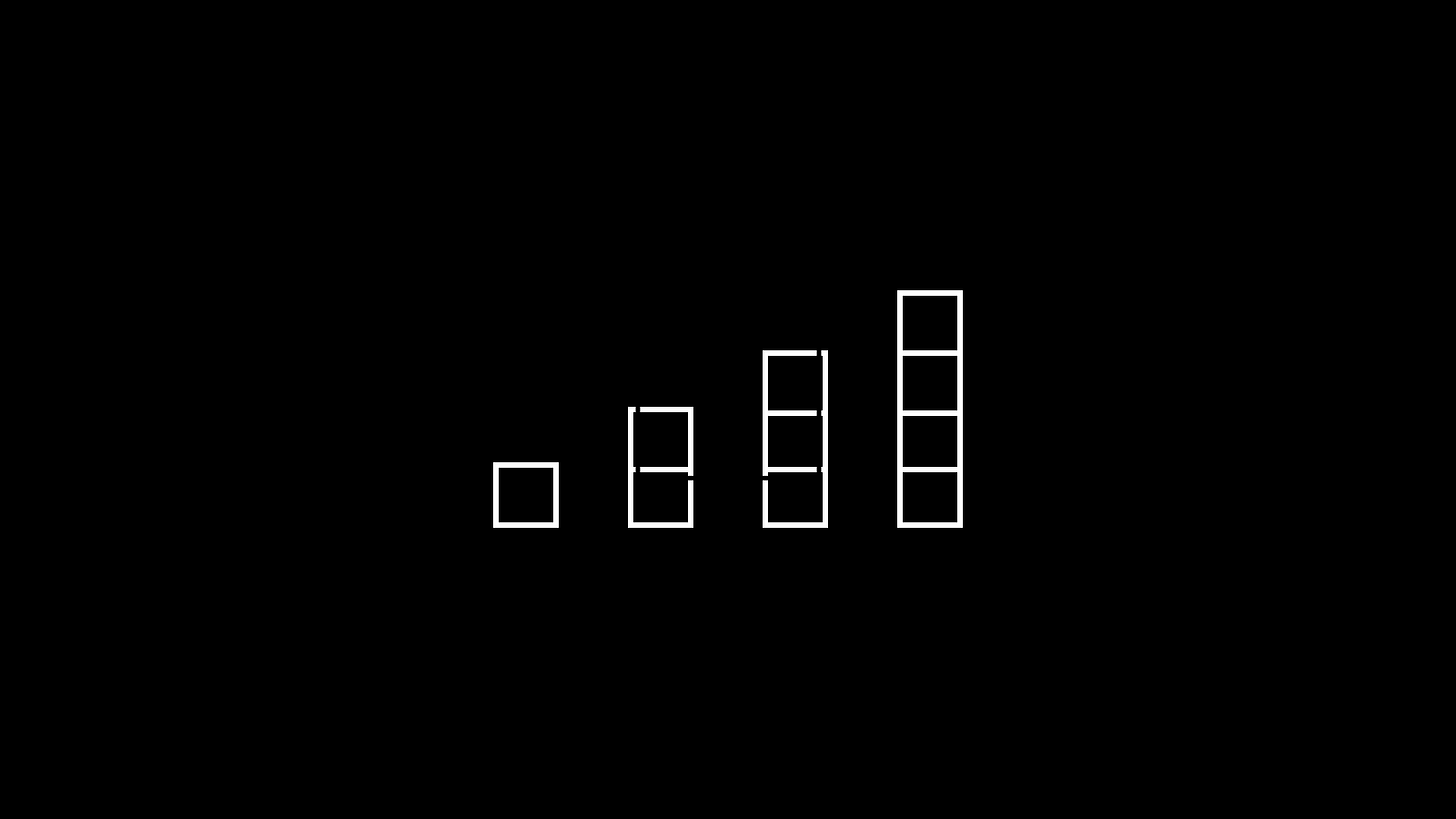
The ultimate meta-goal of learning is for knowledge to compound over time. We want to learn in such a way that new knowledge builds on top of existing foundations—ideally in an accelerating, non-linear manner.
But for this to work, we need our knowledge to exist in an exposed environment. It has to interact with existing knowledge and new knowledge in order to spark new growth.
Fortunately, this is the way we are biologically wired. As children, we’re insatiably curious, experiencing every new event, person, or object with wonder. We actively place each new learning into the context of our existing knowledge graphs. We constantly create and adjust our "maps" of the world.
The key here: there are a lot of "collisions" of knowledge in the child's brain. There are no preset compartments forced upon them yet. There's no insulation of some knowledge from the rest of it. It’s a bit of chaos theory in action. Knowledge roams free in the child's brain—it interacts, reacts, and triggers growth.
This is the foundation of Networked Learning—a return to our roots.
A return to the natural manner in which we encounter the world. We wrestle with ideas and let cross-pollination do its thing. We abstract complexity in a unique fashion. Our knowledge never sits in a closed, dark room—it sits in the light, ready to compound.
That’s enough theory—hopefully you’re convinced. Now it’s time to get tactical: How can you put Networked Learning into practice?
A few ideas to get started:
Explore vs. Tour
Analogize Constantly
Paired Learning
Read Broadly & Quit More
Slow Down Learning
Let’s cover each one:
Explore vs. Tour
When you're learning something new, always seek to be an explorer, not a tourist.
The tourist follows preset routes and maps established by others to go on a fixed tour of a new location.
The explorer walks out into the streets, roams broadly, and talks to new people to establish their own maps of the city. The explorer learns and retains much more from the experience.
Don’t tour, explore.
Analogize Constantly
Networked Learning is grounded in your ability to take newly-learned information and place it within the context of your existing maps.
To do so, you have to make direct or indirect comparisons and connections between the new and existing information. It will force the knowledge to stick, compound, and grow.
A simple example of this to bring the concept to life:
I did a bunch of research on Morris Chang and Taiwan Semiconductor Manufacturing Company for a piece I was writing in January 2021. It struck me that TSMC's novel pure-play chip manufacturer model had enabled independent chip designers to start their own companies.
I searched for an analog—for a way to attach this new information to something I had already learned.
Then, it hit me: this all looked very similar to what Shopify had done in creating infrastructure that enabled independent consumer companies to sell online.
I had created context for the new learning within my broader mental map. It now had room to mingle and interact in my mind—to stick, compound, and grow.
Paired Learning
There are often non-obvious “learning pairs” that you can leverage to accelerate the compounding of new knowledge.
Learning pairs are two (or more) subjects that have some similar connective tissue—something that links them on an atomic level (read: below the surface).
Examples:
Shakespeare & English History
Sci-Fi & Tech Investing
Nuclear Physics & American History
If I’m reading a great science fiction novel (Project Hail Mary was amazing!) at the same time as a book on technology venture capital investing, I might find interesting connections in abstract predictions of future technologies or similarities in underlying logic that benefit my learning in both domains.
If you consume simultaneously across these non-obvious pairs, you can engineer more connections and compounding.
Read Broadly & Quit More
Reading beyond the confines of what is "useful" is one of the best decisions you can make. I've probably learned more about technology investing from reading Sci-Fi than I have from most investing books.
Read more, but also quit more. If it doesn't grab you, drop it.
I try to read for 60 minutes daily, but there is no rhyme or reason to what I am reading on any given day. I might be reading sections from any one of ~10 books I have open at a time, or from the various articles, newsletters, or blogs I come across each week. I don’t force myself to read anything. I grab what excites me and stop when I lose that excitement. I’d encourage you to give this reading model a shot.
Slow Down Learning
The number of books read has become a weird sort of vanity metric or "flex" for adults and children alike. I used to talk about how many books I read each week as a way to impress people.
But learning is definitively not a race. Racing through actually decreases the effectiveness—there are often negative returns to incremental speed. It's not impressive to read 52 books a year if you absorb nothing from them.
Slow down—let the new ideas marinate and compound.
Concluding Thoughts
Networked Learning is the new way to learn. It marks a clear break from the compartmentalized, forced, linear models of the traditional system and brings us back to our roots. Try it out—by yourself or with your children—and let me know what you think. I’d love to hear your feedback.
There's admittedly a lot remaining to unpack around this topic—in particular how to apply this Networked Learning model at scale. I'm just starting to scratch the surface of my own thinking, but I'll keep working at it.
My hope is that this piece sparks a dialogue around new learning models and shines a light on the innovators who are building a better future for our children.
Where It Happens Podcast
How to Get Rich Building Boring Businesses with Codie Sanchez
Watch it on YouTube and listen to it on Apple Podcasts or Spotify. Want more? Join the 4,000+ in our unique community on Discord.
Special thanks to our sponsors for providing us with the support to bring this episode to life.
This episode is brought to you by Beam. We can’t get enough of their Dream Powder. We both personally take this before bed a few times a week and wake up refreshed in the morning. Their nano-CBD helps improve your body’s ability to absorb CBD, making their product the perfect supplement before you go to bed. And now Beam is offering $20 off any order of $75 or more with the code ROOM at beamorganics.com/room.
Sahil’s Hiring Zone
Featured Opportunities
Assemble - Software Engineer
Elevate Labs - Senior Growth Marketing Manager
Pallet - BD & Sales, GTM & Ops—Creator Growth
Skio - Account Executive
Maxwell Social - Founding CTO
SparkAI - Full Stack Engineer
Substack - Android Engineer
The full board with 30+ other roles can be found here!
Talent Collective
Excited to announce the launch of my new talent collective!
Members of the collective will get exclusive access to opportunities at my favorite high-growth startups across the tech landscape.
Completely free for candidates. Use the link below to apply!




